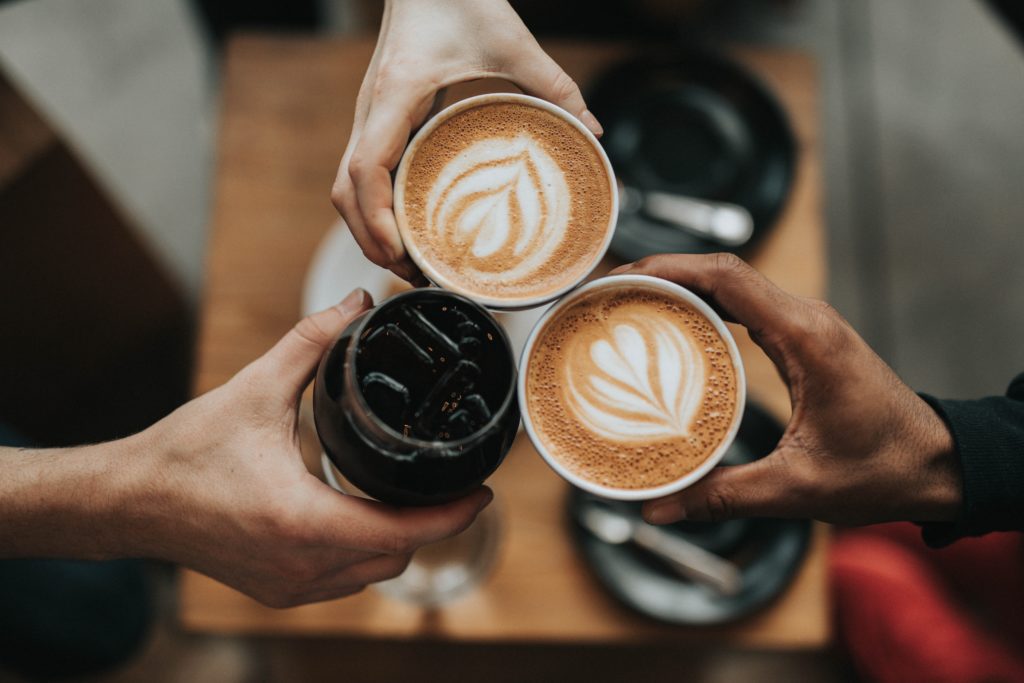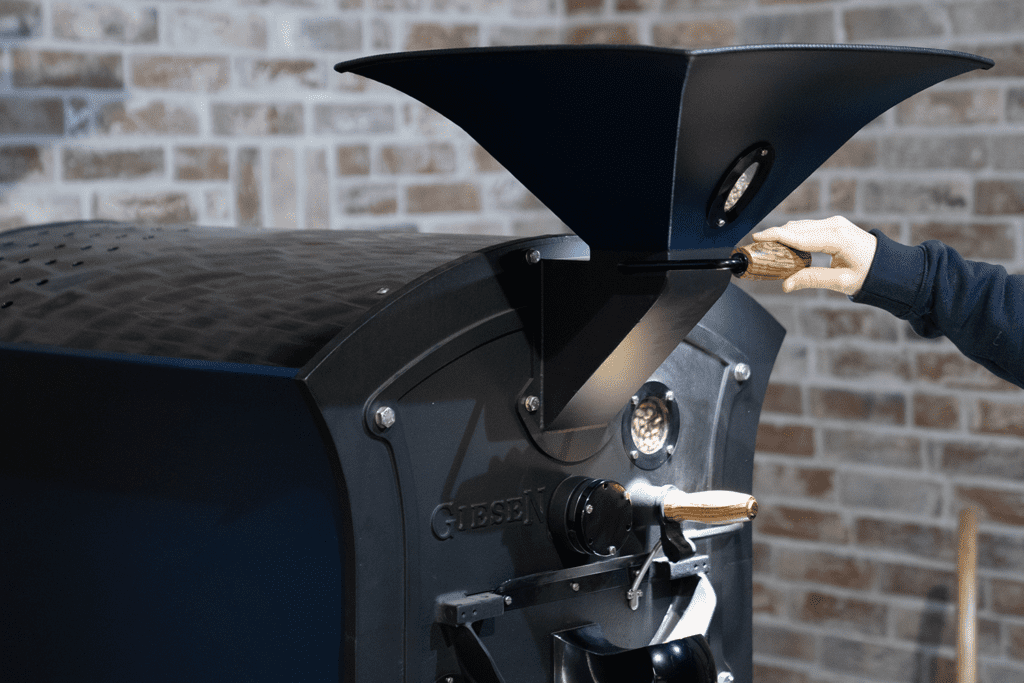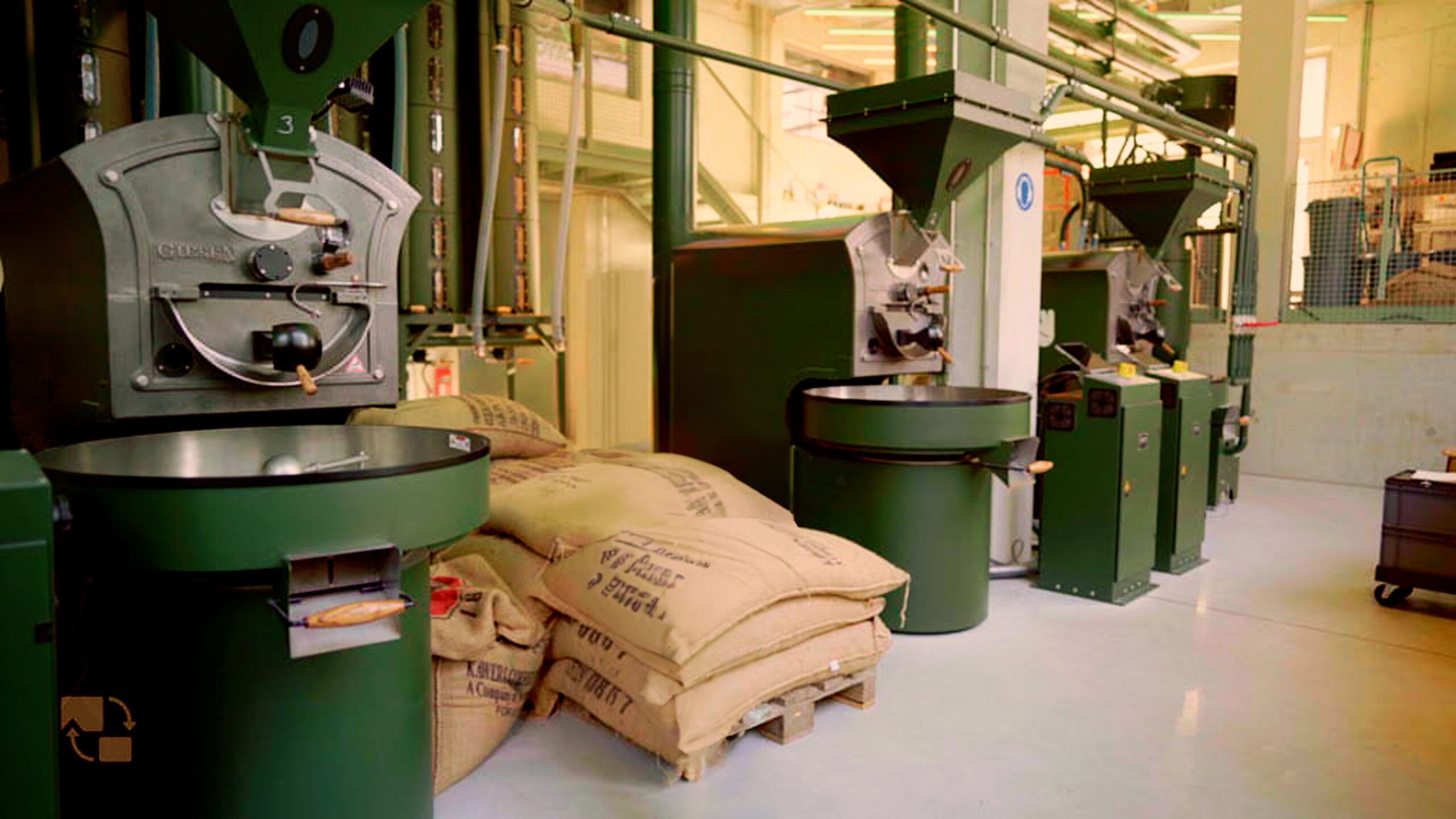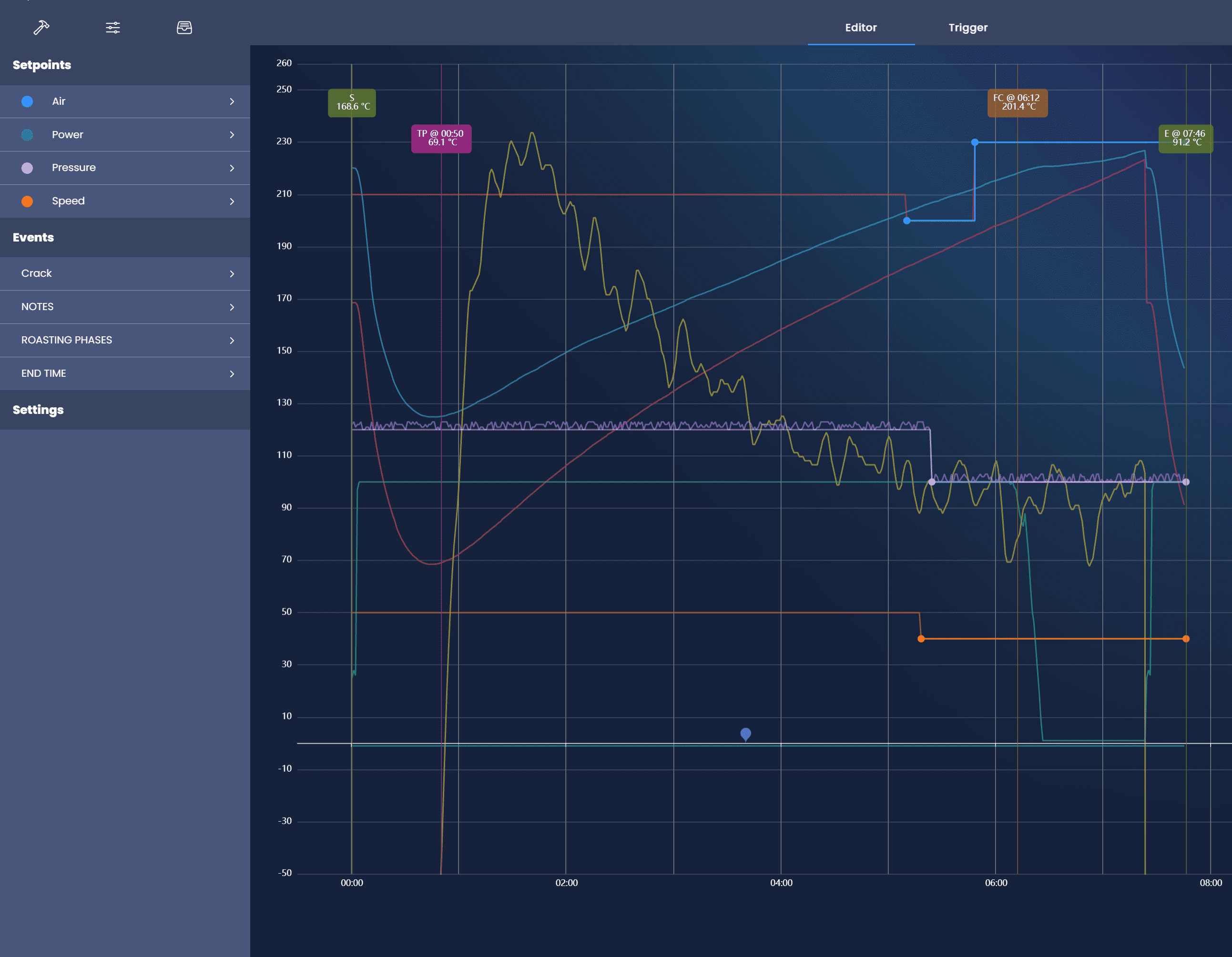Years ago I wrote an article in Roast Magazine. This was about the importance of a major shift in roasting styles. Too many specialty companies had become accustomed to roasting their beans very dark. As a result, consumers became used to the heavy-bodied and smoky flavors of their “cup of joe”. I made a strong case to LIGHTEN UP. In this blog, I will tell you all about it.
Years ago, I clearly indicated to lighten up and to change the paradigm of dark roasted coffee towards roasting light styles. This will facilitate much better a wide spectrum of flavors in the cup. Fortunately, roasting styles have changed indeed. Especially the independent coffee cafés and roasters have been shifting towards alternative roasting styles. As a result, consumers have gradually been changing their preferences as well. Specifically, the younger generation of coffee consumers (younger than 30 years) prefers a cup of coffee with the refreshing nuances of acidity. In this case, I’m referring to organic acids of coffee like citric and malic acids. This can enrich the flavor profile of your coffee tremendously, provided that the roasting was executed with a balanced and well-designed roasting profile.
The risk in under-roasting
‘m applauding the fact that roasting styles have lightened up significantly. Though, there also lies a potential risk in under-roasting your coffee beans. Roasting coffee too light can cause a myriad of less favorable flavors in the cup. Let me provide some examples. Pulped natural Brazilian beans: instead of the attributes of cantaloupe and toasted hazelnuts, peanut-like flavors can develop because of under-roasting. Kenya SL28 washed process coffee can taste undesirably sour, as if you’re tasting the sourness of an unripe, green tomato. Traditional processed (wet-pulped) Sumatra Mandheling coffee can develop malty and earthy flavors when roasted too light. Last but not least, a precious Panama Geisha washed coffee lot can taste astoundingly bland and thin when the coffee lacks sufficient development time during the roasting process.
The successful light roast with your Giesen roaster
To perform a successful light roast with your Giesen coffee roasting machine, make sure that your machine is fully preheated for at least 20 to 30 minutes. Next, you must determine the charging temperature, which should not be too high. I’d suggest applying a charging temperature (air temperature) between 325 to 350 degrees Fahrenheit. And use a burner setting of 80% maximum. Upon charging, little seems to happen for at least two minutes. However, under the green surface of the coffee bean, a major chemical transformation is occurring because the beans are literally soaking up the heat passing through the roasting drum. The free moisture that is contained in the cell structure of the beans is heating up and will eventually start evaporating. Once the roasting process is 3–4 minutes underway, the color of the beans will slowly start changing towards a golden brown. If you pulled a small sample from the roasting drum with the trier, you would smell an almost fresh bread-like aroma.
From this moment on, it is important to watch the increase in bean temperature. The operation panel of your Giesen machine has a built-in ROR (Rate of Rise) measurement for this purpose. By the sixth or seventh minute, the coffee develops a more brownish color, and the beans start expanding.
Lower the heat supply on time
Because roasting too fast can produce sour, astringent, and malty flavor notes, the roastmaster should lower the heat supply on time to stay in control of the process. When the first crack starts, listen to the speed of the cracks. The faster you can hear one crack after another, the higher the bean temperature is at this stage. If you feel that it’s going too fast, reduce the heat supply altogether. By roasting prudently, you’ll realize towards the end of the process a lower ROR which facilitates a gradual development of the coffee’s flavor profile, without unnecessarily stalling the process.
Hopefully, these tips can inspire Giesen roasters throughout the world to use light roasts as a tool to unveil the flavor profiles of coffees rather than masking them.

Willem Boot is a roasting consultant and trainer and founder of Boot Coffee Campus in San Rafael, California. He is also one of the Giesen Ambassadors. Visit www.bootcoffee.com.





Esta entrada tiene un comentario
So light roast should apply lower temp charge? How long does it take to complete normal light roast?